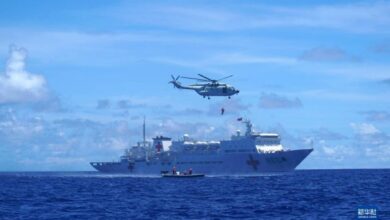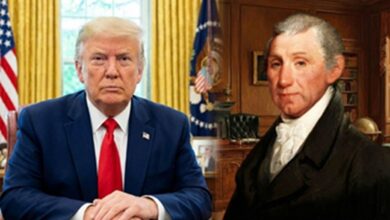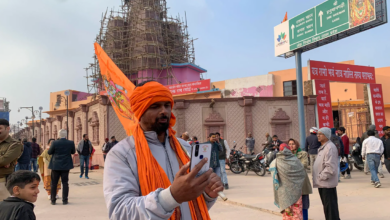Latin America Watches Conflict Threatening Global Chaos
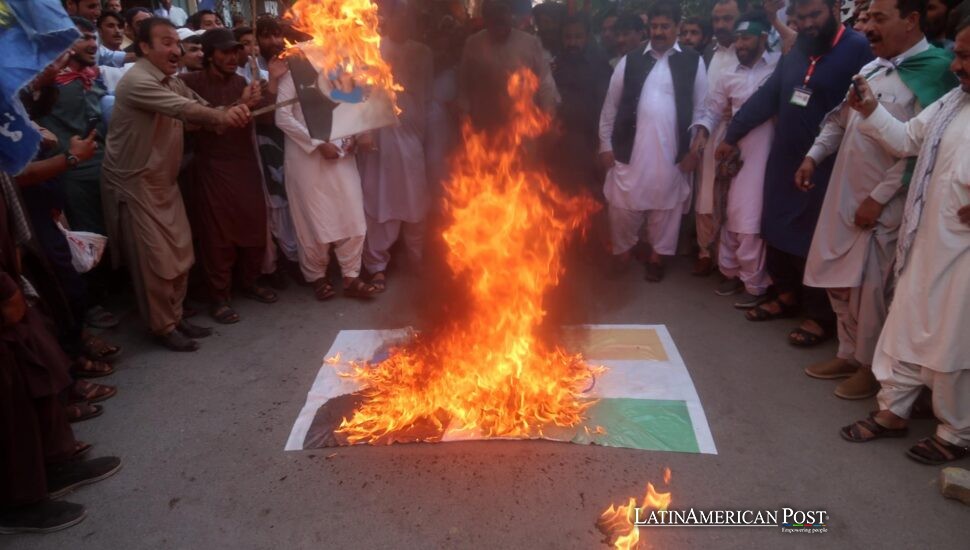
As fresh tensions erupt between India and Pakistan, concern spans beyond South Asia. Nuclear risks and ripple effects on global trade could impact Latin America, forcing nations here to heed historic hostilities that have now intensified sharply.
A Long, Unresolved Dispute Over Kashmir
India and Pakistan’s longtime hostility dates back to their 1947 independence from Britain, which saw the subcontinent’s partition. Central to their feud is Kashmir, an icy Himalayan region both claim. A 1989 insurgency erupted on the Indian side, which New Delhi accuses Pakistan of fueling. Although the two neighbors occasionally found small windows for peace talks, each new flashpoint inflames the dispute. Now, an attack on 22 April in Indian-administered Kashmir—killing 26 civilians—again lays bare how swiftly simmering tensions can flare. The Indian government, with Narendra Modi as Prime Minister, said Islamabad helped those who did the deed.
Past diplomatic arguments, the problem carries on. Each country has nuclear weapons, which can ruin large areas. A harsh tone from either country starts worries all over. It is essential to stop problems before they grow. Even faraway Latin American states observe, mindful that any armed confrontation involving nuclear powers can disrupt world trade routes, undermine investor confidence, and draw in external powers. If conflict intensifies, commodity markets, including those vital to Latin America’s exports, may suffer turmoil.
Past near-misses, such as the Pulwama incident in February 2019, taught the world how easily air strikes or militant violence could snowball into larger-scale standoffs. The latest developments—coinciding with reports that Pakistan’s intelligence warns of possible Indian action in “36 hours”—underline how volatile the frontier remains.
Nuclear Stakes and Regional Ripples
A particular danger comes from the competition between India and Pakistan. They are two of a small number of countries that have nuclear weapons. Conventional conflicts, like artillery fire across the border, already damage stability in South Asia. With each exchange of threats, diplomatic channels across the globe become worried. This recalls the Kargil conflict of 1999. That conflict came very close to a nuclear confrontation.
An open escalation would ripple through global economies in multiple ways. For Latin America, disruptions to shipping lanes or the energy market could deliver harsh blows, considering India and Pakistan’s roles in global supply chains and demand for raw materials. Moreover, a full-scale conflict might yield fresh migrant streams, economic recessions, and higher security costs. Experts note that a meltdown in South Asia might distract global attention from Latin America’s crisis points, possibly reducing aid or overshadowing urgent diplomatic efforts in the region.
Latin America’s commodity-driven economies lean heavily on stable trade relations. India is a key buyer of Latin American agricultural and energy products. Major banks in Brazil, Argentina, and elsewhere track events carefully, wary that unrest can spook investors. They’re nuclear powers in an interconnected world. In a worst-case scenario, no region remains immune from consequences.
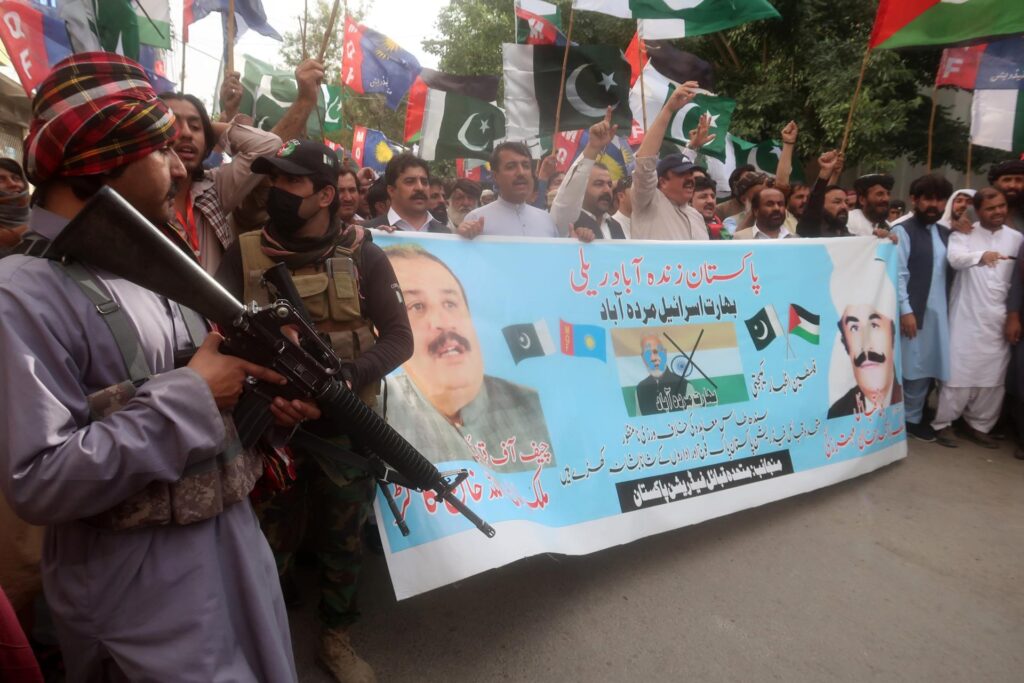
Historical Tensions and Global Mediation
Historic friction between India and Pakistan reached new heights in 2019 following Pulwama’s deadly bombing, culminating in cross-border air raids. The shaky ceasefire along the Line of Control in Kashmir seldom holds for long, with allegations of infiltration and artillery fire on both sides. Now, India has retaliated by expelling Pakistani diplomats, suspending the 1960 Indus Water Treaty, and tightening border closures. Pakistan similarly revoked Indian visas and sealed its airspace to Indian airlines. Foreign governments, including Iran and Egypt, have offered mediation, while UN Secretary-General António Guterres urges both sides to practice restraint.
The question is whether that restraint will materialize. The Indian foreign minister insists on accountability for alleged Pakistani links to armed groups, while Prime Minister Shehbaz Sharif denies any terrorism ties. Meanwhile, lethal cross-border clashes multiply along the contested frontier. Hawks and doves in the region influence official policy. They support either negotiated solutions or the use of threats.
Also Read: Brazil Faces Legal Turmoil Over Lipstick Coup Verdict
Without a definite end, the conflict goes on. It shows deep dislike and changes to who has power. Observers from Latin America recall the effects of disputes following the Cold War. Effects from that period still spread through the globe through changes in the prices of commodities and shifts in alliances. In a 21st-century global economy, even distant wars can traumatize markets and overshadow complex political agendas.


